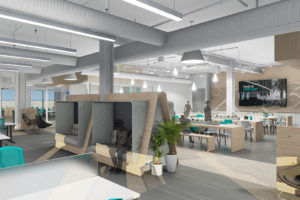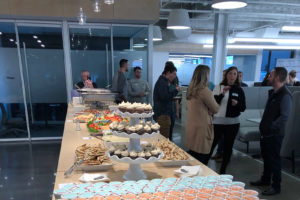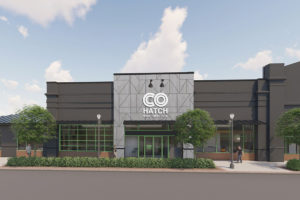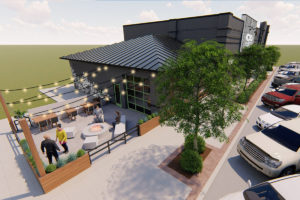“It has become appallingly obvious that our technology has exceeded our humanity.” – Albert Einstein
Technological advances generally create an emotional response from people. Some view technology as a source of evil which separates us from one another, while others view it as a method to bring people together and to help solve some of our greatest challenges. Regardless of what you believe, there is no denying that technology is not going away. It is here to stay and demands that we address its implications.
As a young boomer, I feel like I have been able to watch the progress of technology and its impact on our culture. Largely, technology has impacted the ways in which we build community, either within organizations or across vast geographies. Technology tools, beginning with the invention of the telephone, have transformed the concept of connecting and accelerated the pace of society. Information is quickly disseminated by voice or video, and we are now able to connect across distances in real time. We gain access to information, and we can see and hear colleagues in ways considered futuristic just twenty years ago.
But, technology alone does not build understanding or enrich our knowledge. We need settings to support this exchange and drive the impact of technological tools to be effective. Recently, our designers have been experimenting with embedded and fully integrated technologies, mobile equipment solutions, and technology as the message. We have found that no one solution works best. The most successful solutions typically harness a hybrid approach utilizing a wide variety of technological strategies.
FULLY EMBEDDED, DEDICATED TECHNOLOGIES
When a space demands a high level of reliability to support focused activities, we will specify embedded, hard-wired systems with fiber support and user-friendly interfaces. This scenario is the most robust and often comes with a hefty price tag, but also offers the highest level of impact. The advantages of a highly sophisticated, integrated technology program are its reliability, dependability, and simplicity. Users don’t have to worry about the system, since it is set up for success. The interface is consistent and dependable. On the other hand, these systems often become embedded dinosaurs as technology advances. Due to the significant financial outlay to embed the “latest” technology, organizations often resist updates in favor of leveraging their investment.
MOBILE TECHNOLOGY TOOLS
Once again, the old standby audio/visual cart is popular. Consumers who recognize the speed with which technology advances often prioritize mobility to minimize their initial financial outlay. Savings are invested in emerging technologies as they daylight, keeping organizations on the cutting edge of technology tools. In these scenarios, we find that the space needs to be designed to accommodate technology furniture. Lighting controls are often important, since adjustments may need to be made to address the changing needs of the mobile technology tools as they come and go from spaces. Wireless connectivity is vital, and access to power and network connections are also strong considerations. These criteria may increase visual clutter in the designed environment, and be at odds with the aesthetic sensibilities of the consumer. Most often, we specify mobile technology tools in spaces where technology is supplemental to collaborative settings and serves a supporting role.
ENVIRONMENTAL TECHNOLOGY AS THE MESSAGE
Our environment is filled with visual messages. Billboards rotate digital displays which draw our attention, storefronts pulse and glow to peek our interest, and we are bombarded with messaging on our personal devices. It is a non-stop barrage and we begin to expect these messages and miss them when we encounter spaces without visual support. Classrooms, auditoriums, lobbies, stores, sanctuaries, and hospitals are almost always augmented with screens. But, until recently, these screens have been active background noise, offering a one-way distribution of third-party information and broadcast media.
Tomorrow’s environment expands visual display beyond the box and offers opportunities for scalar interaction. Visual display will come and go to augment our interactions in a fully integrated yet virtual format, and it will seem odd that we once were bound to the confines of a fixed screen for interactive support. We see it coming, and have begun to consider the design of spaces to support these eventualities. We know the power of these technology tools, and recognize that they need to co-exist with the balance of the designed environment. If we deny the possibility, we are assured that spaces will be overpowered by the formidable power of advanced technologies.
We are called to lead the integration of these future technologies and the time is now to step forward and consider the possibilities.



